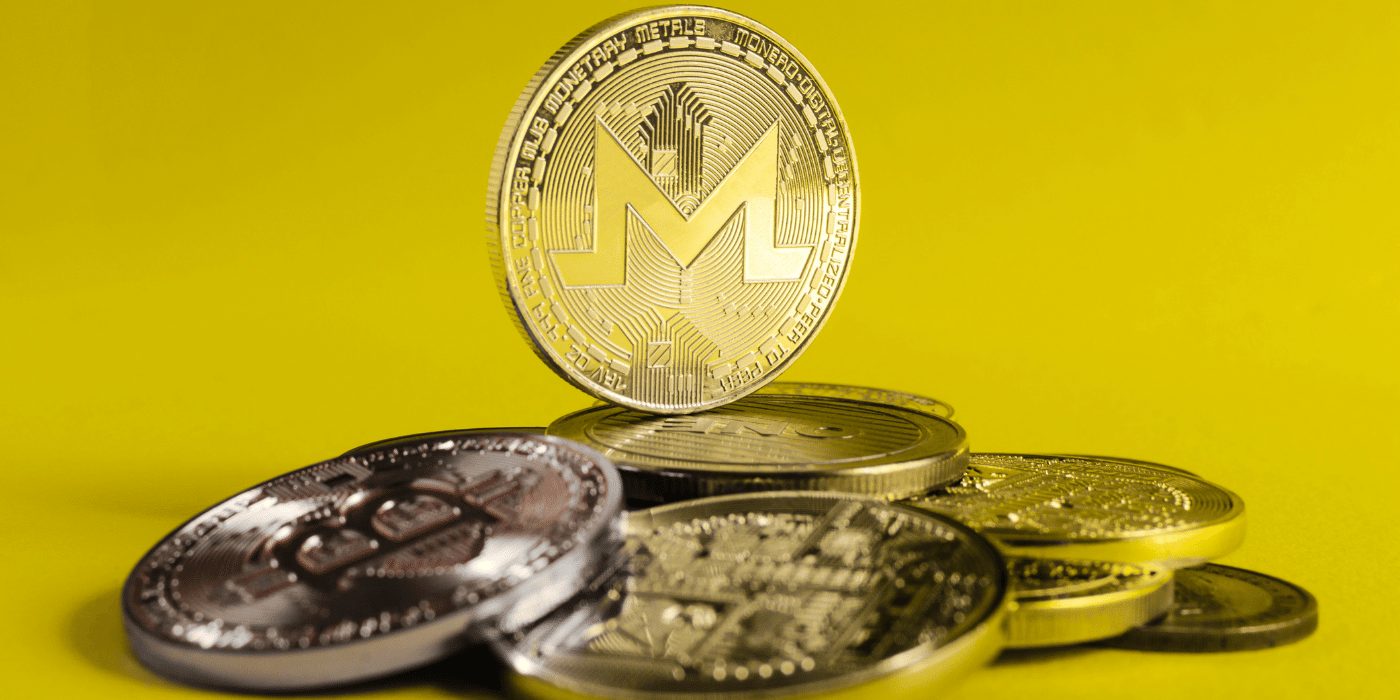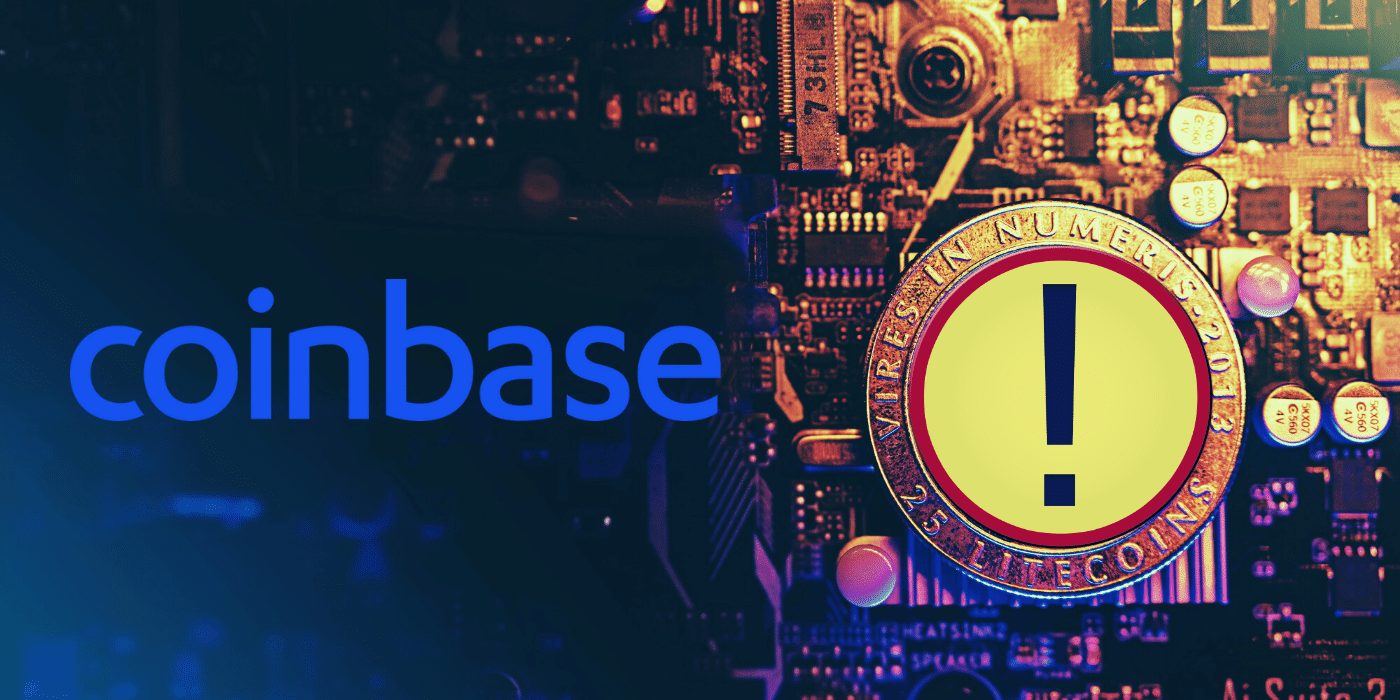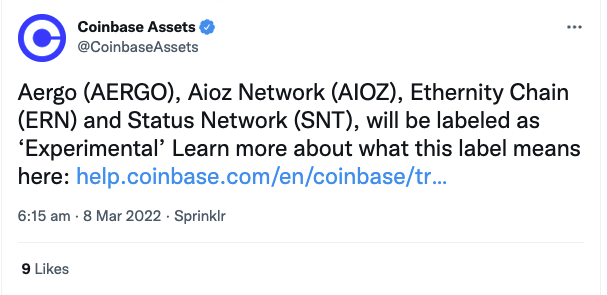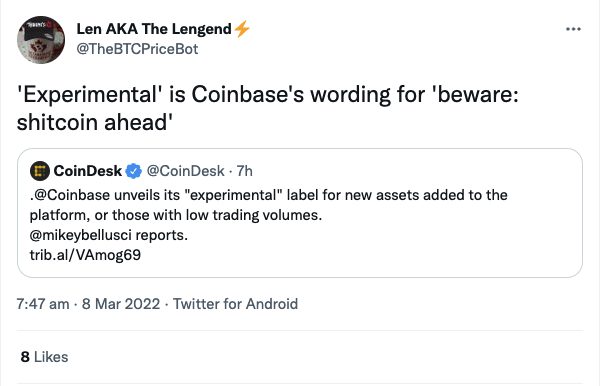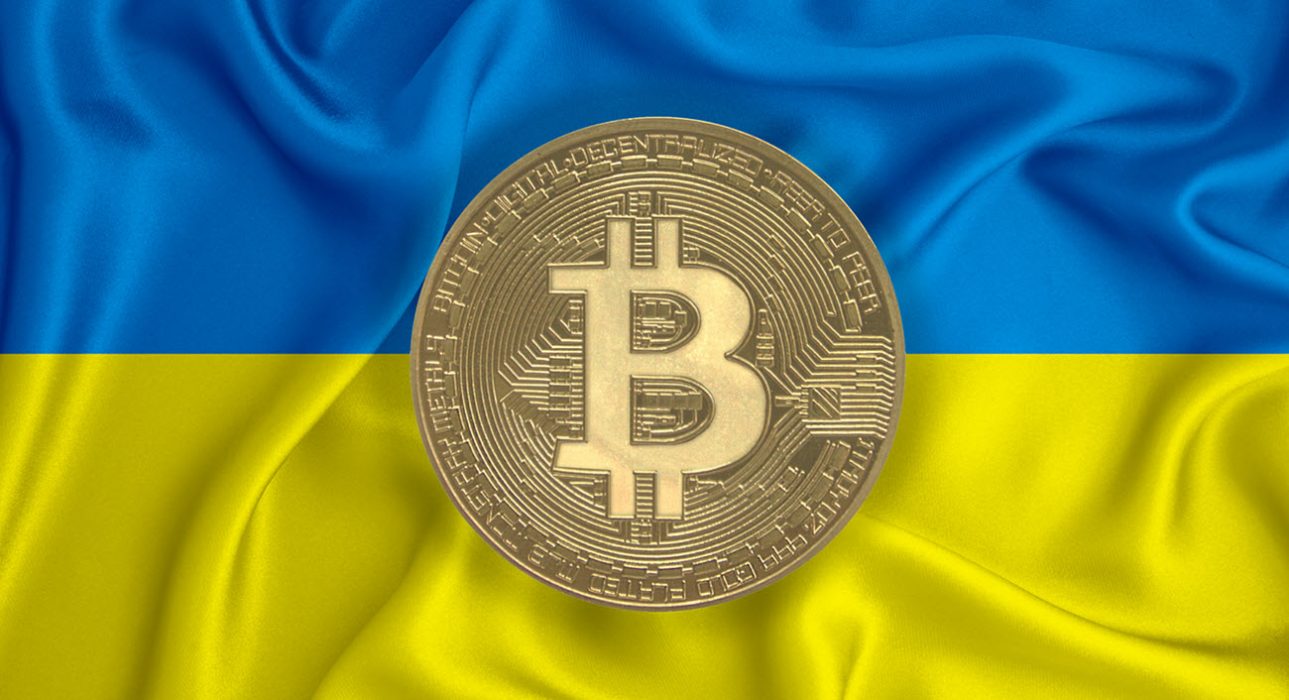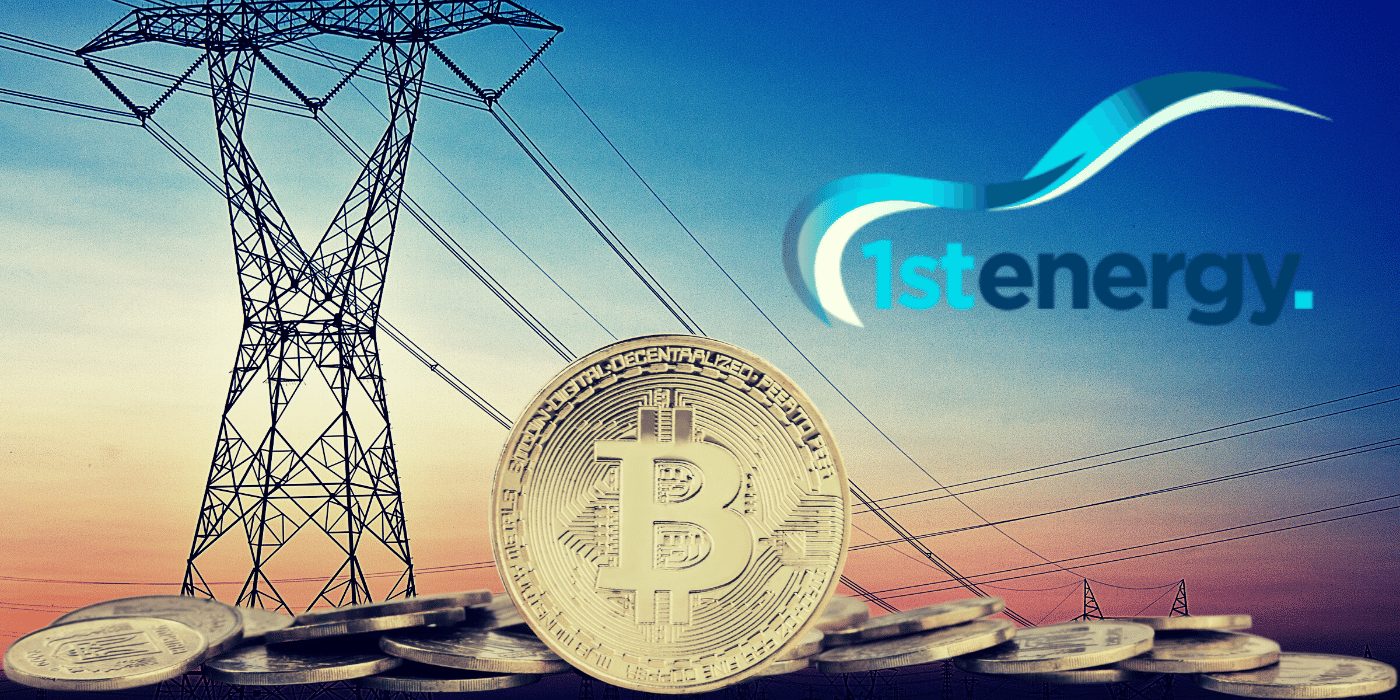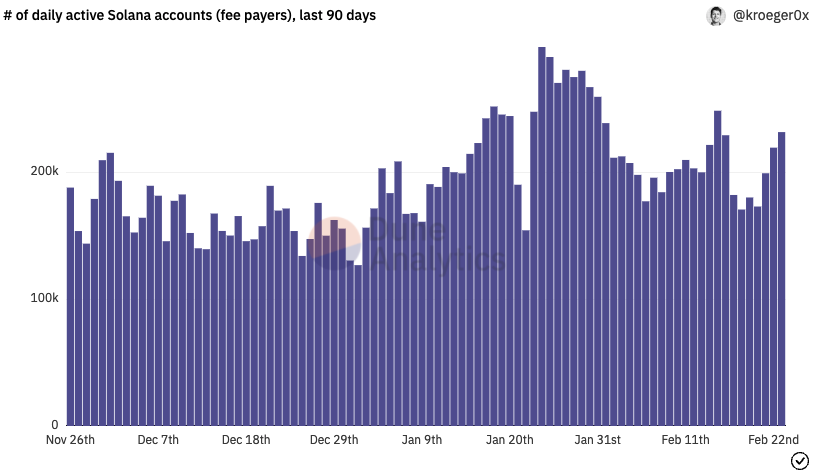The past 24 hours has been kind to privacy coins, with many seeing gains of over 20 percent amid concerns about the regulatory environment in the US, a crackdown by exchanges on accounts linked to Russia, and ongoing economic sanctions.
Monero, the largest privacy coin by market cap, shot up 22 percent in under three hours according to CoinGecko, peaking at almost US$206 before consolidating around the US$185-190 range.
Likewise, Zcash is up over 30 percent since March 8, having climbed from US$106 and is currently trading at close to US$145, according to CoinGecko. This rally from Zcash follows a significant bounce in November 2021 after the announcement of plans to transition to a proof-of-stake blockchain.
Smaller Privacy Coins Also Up
The surge in privacy coins hasn’t been limited to the large caps; most smaller plays are also up significantly in the past day: Oasis has gained 10.4 percent, Secret is up 14.5 percent and Horizen 17 percent.
Even low-cap and relatively unknown privacy protocols are surging: Pirate Chain is up 18 percent, Tornado Cash 32.7 percent and Verge by 25 percent, all in the past 24 hours.
What Caused the Surge?
Opinion is divided on what exactly has sparked this sudden surge in privacy coins, and there are likely several factors at play.
The release of the crypto executive order by President Biden, with its focus on consumer protection and illicit activity along with the suspension by Coinbase of over 25,000 addresses linked to Russian criminals, are thought to be important factors.
There is also some speculation that Russian oligarchs may be buying up privacy coins to help them get around economic sanctions while maintaining their anonymity:
To put the surge in privacy coins in context, according to CoinMarketCap the overall crypto market cap is up around 4 percent over the past 48 hours.

